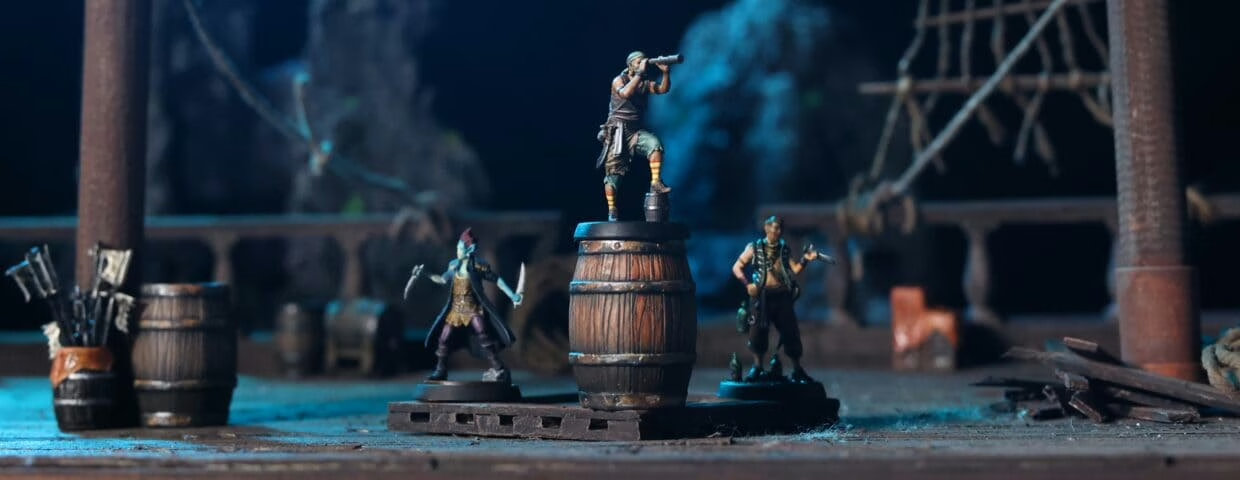Top 5 Best Resins for 3D Printers
The Most Important Piece of a 3D Print - Other Than Your Printer
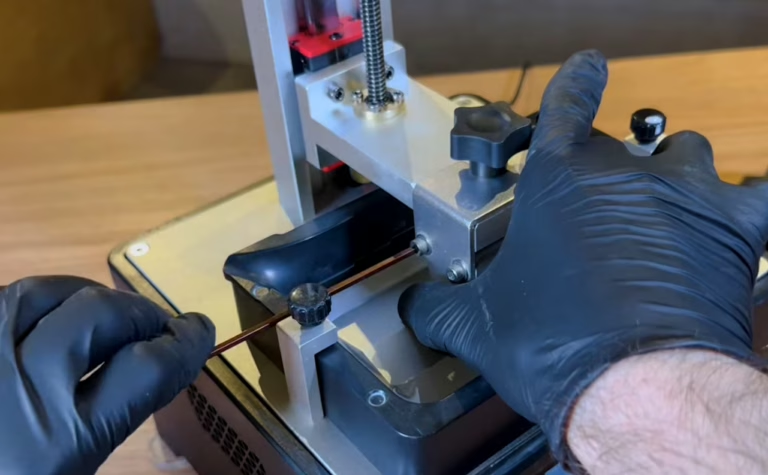
What This List Is and What It Isn’t
I know how it feels when you’re just getting into the world of 3D printing. Maybe you’ve just finished the last bottle of resin that came as a gift with your printer, or you’re ready to start printing your first dozen incredible, spectacular. You then type “3D printer resin” on your favorite marketplace, expecting a simple answer. Pfft, it’s just resin, right? Hello, beginner!
The truth is, material choice is an essential component, and the market is flooded. A critical guideline from us: it is highly recommended to always use the same brand and kind of resin for your prints to facilitate tuning in settings and ensure consistency. We’re not here to talk about every type of material; instead, we’re here to cut through the noise, giving you the best resins for 3D printers based on expert analysis, proven popularity, and rating.
This article will be divided in two parts:
- Resin Brands
- Resin Types
Pay close attention to all the information before starting your journey on 3D printing with resin!
IF YOU’RE A LITTLE BEHIND AND HAVE NOT YET PURCHASED A 3D PRINTER,
READ THIS OTHER POST
Cares you must take while resin 3D printing
Look, I need to put on my grown-up hat for a minute or two. It’s not you; it’s me, but it’ll be good for everyone. Some general guidelines apply when 3D printing with resin, and it’s best to be reminded of them. Don’t fear your printer, but definitely respect it.
First things first, you should know that uncured resin is toxic. With that in mind, don’t let it touch your skin, let alone your mouth, eyes, and nose. Always handle the resin and printed parts that haven’t been washed and cured yet with gloves (nitrile and neoprene – NOT latex!). And I’d throw in some clear goggles and a mask for good measure. Water-washable resin may sound better to handle, but above being a more accessible option, it’s still a resin. Touching this material once likely won’t give you side effects. Still, always wash any areas of contact with copious amounts of water for at least 15 minutes. If any negative effects persist (skin rashes, itchiness, irritation) or if someone ingests it, seek medical help immediately. You can also read more about how to protect your pets from toxic resin here.
Whew! It’s essential to be mindful of safety precautions. You wouldn’t bungee jump without double-checking your equipment, nor would you stick scissors into a wall plug without making sure it’s off first (unless you’re 3-year-old me). Once these warnings are covered, we can jump into what would be best for your project.
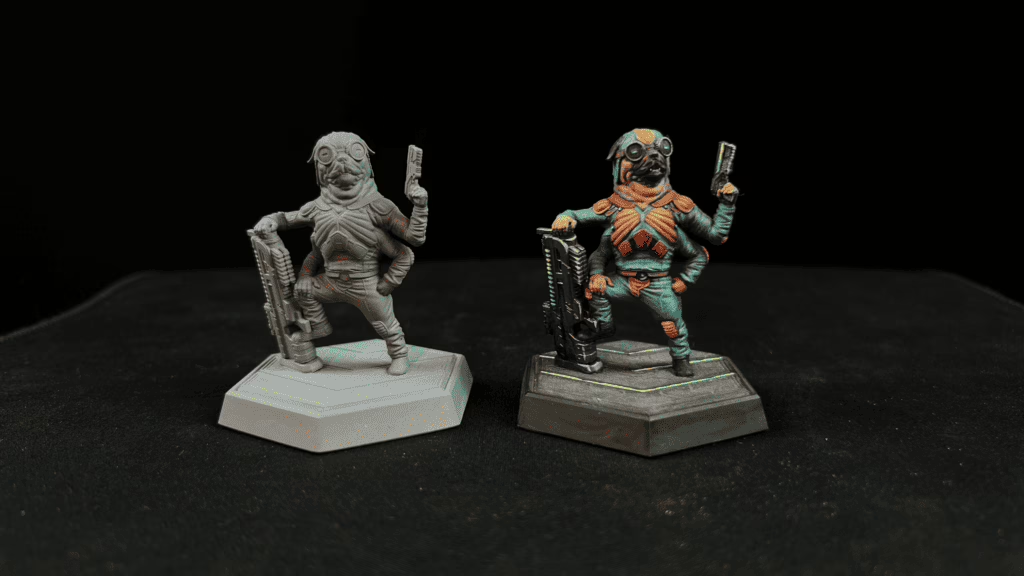
Resin Brands
Anycubic
They offer a good range of products while also maintaining a decent price. The different types of resin include water washable that’s easier to clean, a plant based one that is biodegradable with a subdued smell and the ABS-like resin, which makes tenacious parts that can withstand mild bumps, drops and snags without breaking. These can be found here.
Elegoo
Also considered a good budget option. They offer the standard resin that has been upgraded to provide more toughness and other options as aforementioned: ABS-like, plant based and water-washable. A product that differentiates itself in their catalog is their Thermochromic resin. Finished pieces made with this material change their temperature when above 50 degrees Fahrenheit. You can see and better compare these options here.
Siraya Tech
The most expensive brand featured on this list – however, it’s the one rumored to give the best results. While they have many more resin options for other uses of a 3D printer (out of our scope, that is, miniatures), let’s keep the focus on those recommended for models. Aside from the staples present on previous lists (normal, water-washable, plant-based, fast and ABS-like), they also feature Creative resins, which are aimed towards printing finished parts that won’t get painted over. WIth these, you may print objects that turn transparent after post-processing or with a glow-in-the dark effect. It’s worth checking out here.
Sunlu
They offer the best price for resin bottles and sets of this list. Their standard resins can come in a great range of colors. The staples are also present: water-washable, plant-based and a tenacious resin are among their catalog, which is available here.
Phrozen
While the staples are missing the plant-based resin that the previous brands on the list offered above, this company still boasts the ABS-like, water-washable and standard resins. The unique finishes and colors offered for standard resins are a differentiator for someone undecided on preferred brands, with some options only available for a limited period. More info here.

What are the resin types?
When you first look at the market, you’ll find a dizzying array of colors, but the true difference lies in the material’s properties. These various resin types are engineered to offer distinct benefits for your prints. Whether you need a resin that cures incredibly fast, one that provides extra durability for gaming pieces (often called ABS-like), or one optimized for easier cleanup, understanding these core material differences is the key to selecting the perfect medium for your project. Wanna know more about resin types? Let’s keep rolling, then.
How to Choose the Best Resin for Printing Minis
Standard Resins
These are…er…standard. They’re both the most widely available and affordable you could find, with possible uses for just about anything you’d want regarding miniatures. You can identify these by not containing any of the myriad keywords that define other types of 3D printing resins (i.e., it doesn’t contain water-washable, flexible, clear, etc.), which will be listed further. With relatively average mechanical resistance and durability.
This type could be the best choice for 3D printable miniatures, except for the fact that it tends to break when shaped into such small parts. That would make your character’s sword or spear not as resistant as it should be. It is cheaper than the rest of them, though. And because of that, it might be a good idea to get acquainted with this material before experimenting with other resin types, especially if you’re a beginner.
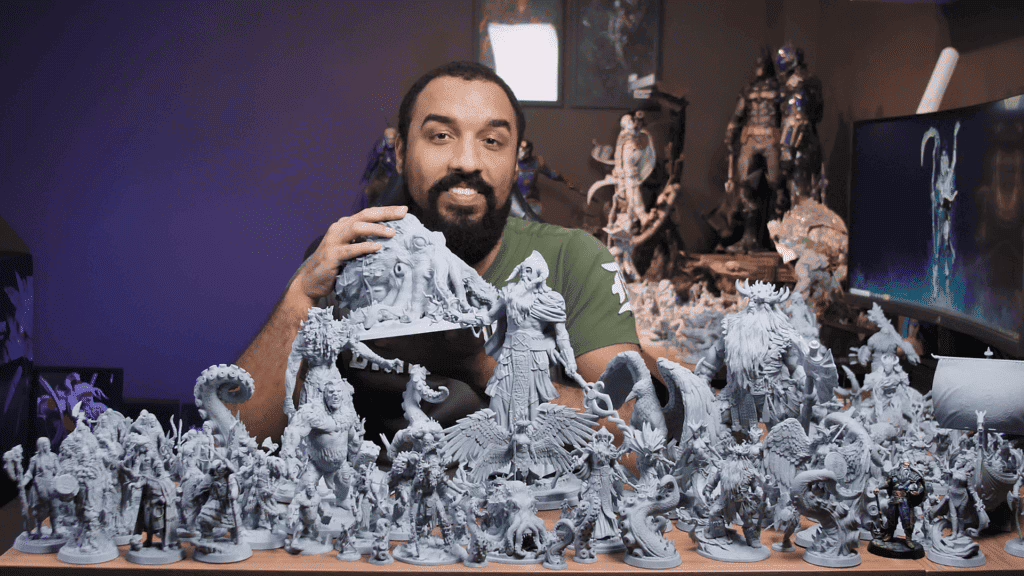
ALWAYS KEEP IN MIND THE PROPER SAFETY PROCEDURES WHENEVER HANDLING RESIN AND UNCURED 3D PRINTS.
Flexible Resins
These may also contain the words “rubber-like”, “soft”, and “high-elongation” as descriptors. They’re called flexible because… Well, you can guess. While the idea of printing miniatures with flexible resins can sound odd to some, it makes sense according to the miniature you’d like to print. Regular resin, although resistant, can be very brittle once fully cured. Though not as hard, some useful nerds may describe this material as high tenacity. It can absorb shocks and deformations whilst being able to go back to its original shape. That is, it’s squishy. If your piece has lots of tiny, protrusion-like details, will be handled often, or you just wish to be able to twist it a little from time to time, this type of resin is what’s best for you.
Tough Resins
This material gets its name from the fact that it has better mechanical properties compared to standard resins (remember tenacity???), while not being as soft as flexible resins. They may also contain “strong” or “ABS-like” in their name, the latter descriptor being familiar to those who have already worked with FDM printers. At the same time, these parts promise to last longer than standard resin prints (all of them being very durable, overall) and can be useful for prototyping and DIY-ing. It all comes with a cost, though – literally, they’re more expensive than standard 3D printer resins.
Water-washable Resins
As you may be familiar, the process of resin 3D printing requires post-processing that includes washing and curing. For most resins, the former involves some minutes submerged in either isopropyl alcohol or ethanol, followed by some more minutes in a UV chamber (or just under direct sunlight). These kinds of resins are self-explanatory: they work with water instead of alcohol for the washing process. They may require extra post-processing and be less resistant compared to standard resins, though. In spite of sounding safer, all formal precautions for handling resin and 3D-printed parts still apply with this sort of material. Keep in mind the necessity of special procedures to discard the water that’s been used for washing your prints (same process as old resins or alcohol, really: just let the water, container, etc. bask in the sun for up to an hour before filtering solid pieces of resin).
Clear Resins
Come on, you’re a smart one. You know why they have this name, you can imagine. Go you. Also called “transparent” or “translucent”, these are incredible for simulating crystals and glass on your miniatures, statues, or props. When washing, I’d watch out to have a clean, possibly new alcohol tank in order to not stain these pieces and try to make them as clear as possible (you can get some sort of clear coat to further enhance the transparent effect). Also, as resin reacts with UV light, you may expect it to yellow a bit over time. Especially if they get under the sun. Getting a 3D print properly clear takes some practice in order to find the best procedures for each brand. But it’s definitely worth the work!
Now that you know which resin you want, you can read this post about how to remove support marks from your minis.
Next Steps and tl;dr
After deciding on a resin type and brand, it’s a good time to check if you’ve analyzed and chosen the slicer software that most adequately fills your needs. Here’s a link for our post on the “Best 3D printing softwares for beginners” and a summary of the brands discussed in this one. Happy printing.
| Brand Name | Model Resin Types | Price Range (1kg) | Extra Options |
| Anycubic | Standard Tough Plant-based ABS-like Fast Water-washable | $25 – $56 | N.A. |
| Elegoo | Standard Plant-based ABS-like Fast Water-washable | $31 – $36 | Thermochromic Resin |
| Soraya Tech | Standard ABS-like Fast Water-washable | $33 – $70 | Transparent and Glow-in-the-dark Resin |
| Sunlu | Standard Tough Plant-based ABS-like Fast Water-washable | $20 – $31 | Good range of colors |
| Phrozen | Standard Tough Plant-based ABS-like Fast Water-washable | $32 – $41 | Good range and limited-edition colors |
Final Thoughts: The Right Resin for Your Quest
We’ve navigated the maze of standards, from the budget-friendly toughness of Elegoo and Anycubic to the high-end precision rumored to come with Siraya Tech. Ultimately, the best resin for your project isn’t the most expensive one; it’s the one that delivers consistent, successful prints with your specific machine.
As a crucial guideline from us: minimize variables! Sticking with a single, trusted brand and type of resin, like ABS-like for durability or water-washable for convenience, is the secret to hassle-free printing. You now have the necessary metrics, expert brand overviews, and community insights to make an informed choice. Stop guessing, start printing, and watch your collection ascend to the next level. Now, go grab that resin and create something epic!
Loot Studios can help you paint highly detailed minis, statues, and props. Choose your favorite bundle from our previous releases or sign up for Fantasy or Sci-Fi to receive a new bundle every month. You can also check out some tips on our YouTube Channel.



